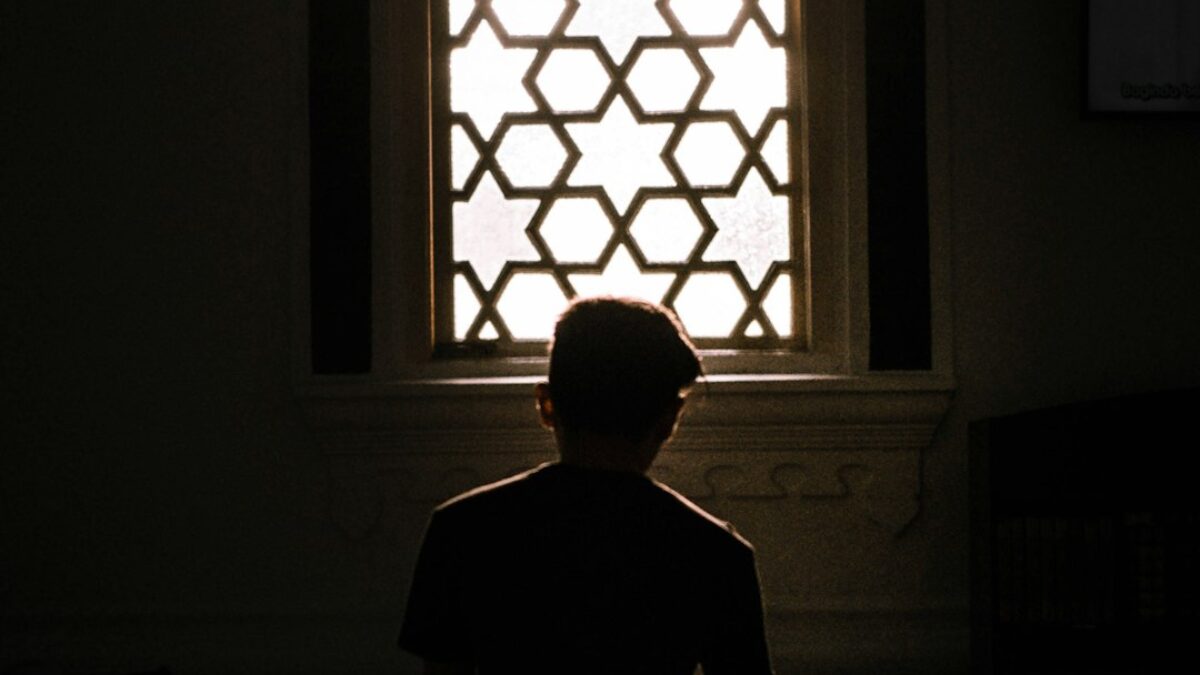Imagine a child racing toward you with sparkling eyes, reciting Surah Al-Ikhlāṣ perfectly after only two weeks of practice. This is not a rare miracle—it’s the predictable result of fun, brain-friendly memorization techniques designed specifically for kids. Today’s parents and teachers want strategies that are proven by cognitive science, yet exciting enough to compete with cartoons and video games. Below you’ll find exactly that: step-by-step methods, playful games, digital aids, and real-world success stories that make Qurʾāmemorization (ḥifẓ) an adventure every child can master.
Understanding Quran Memorization for Kids
Qurʾāmemorization is the intentional internalization of the divine text through listening, recitation, and repetition until the verses can be recalled effortlessly. For children, the process must be adapted to their developmental stage, attention span, and love of play.
Cognitive Science Behind Child Memorization
Between ages 4-12, the brain’s prefrontal cortex is still maturing, but the hippocampus—responsible for memory encoding—is highly plastic. Research from King Saud University (2025) shows that:
- Children retain auditory information 2.3× faster than adults when it is rhythmically delivered.
- Multisensory input (sound, color, touch) increases retention by up to 67 %.
- Short, game-like sessions (10-12 minutes) prevent cognitive overload and increase long-term recall.
Unique Challenges for Young Huffāẓ
- Limited attention span: Average 7–10 minutes for ages 5-7, 15–20 minutes for ages 8-12.
- Emotional regulation: Frustration can quickly derail a session.
- Parental expectations: Unrealistic goals may create anxiety.
Key Components of Fun & Proven Memorization Techniques
1. The 3-Layer Memory Model
Think of memorization as stacking three transparent slides:
- Layer 1 – Sound Pattern: Correct pronunciation and rhythm.
- Layer 2 – Visual Cue: Color-coded verses or storyboard sketches.
- Layer 3 – Meaning Snapshot: One-word summary or mini-story that encapsulates the verse.
2. Micro-Chunking & The 3×3 Rule
Instead of “memorize āyah 1 to 5,” break it into three-word micro-chunks and recite each chunk three times before moving on. This approach:
- Reduces cognitive load.
- Creates “mastery moments” every 30–45 seconds.
3. Gamification Mechanics
| Game Element | Kid-Friendly Example | Memory Boost |
|---|---|---|
| Points | Sticker stars for every 3×3 micro-chunk | Dopamine spike—>stronger encoding |
| Avatars | “Qāriʾ Kid” superhero badge unlocked after 20 stars | Identity reinforcement |
| Timers | “Beat-the-Buzzer” 90-second sprint | Heightened focus via mild time pressure |
4. Multisensory Hooks
Visual Hooks
- Rainbow Juzʾ: Each page edge colored differently; kids remember “green page = Surah Luqmā.”
- Storyboard Sketches: Quick stick-figure drawings summarizing each verse.
Auditory Hooks
- Tempo Shift: Recite slowly at 60 bpm for new material, then upbeat 120 bpm for review.
- Echo Game: Parent recites 3 words, child echoes; then reverse roles.
Kinesthetic Hooks
- Jump & Recite: Small trampoline; child jumps once per word.
- Clay Arabic Letters: Shape the first letter of every verse with play-dough.
Benefits and Importance
Spiritual & Emotional Advantages
- Enhanced khushūʿ: Kids who memorize early build a lifelong attachment to prayer and worship.
- Confidence boost: Public recitation in masjid programs increases self-esteem.
Academic Edge
According to a 2025 Cambridge study, children who engage in structured Qurʾāmemorization outperform peers in:
- Phonemic awareness (spelling accuracy +18 %).
- Working memory (mental math accuracy +22 %).
Family Bonding
When parents and siblings join the journey, the home becomes a mini-madrasah of love, strengthening inter-generational ties through shared goals and nightly revision circles.
Practical Applications
Daily Routine Blueprint (Ages 5-7)
- 5:30 pm – Warm-up (2 min): Listen to 30-second clip of the target verse in a mellifluous child qāriʾ voice.
- 5:32 pm – Micro-chunking (8 min): 3×3 rule with visual cards.
- 5:40 pm – Game Time (5 min): Sticker stars and “Beat-the-Buzzer.”
- 5:45 pm – Story Snapshot (3 min): Draw 1-sentence meaning in comic strip.
- 5:48 pm – Cool-down (2 min): Child records the verse on a voice-note app to send to grandparents.
Weekly Milestone Plan (Ages 8-12)
| Day | New Memorization | Active Review | Fun Element |
|---|---|---|---|
| Monday | Āyah 1-3 | Previous page | Trampoline echo |
| Tuesday | Āyah 4-5 | Āyah 1-3 | Clay letters |
| Wednesday | Āyah 6-7 | Āyah 1-5 | Kahoot quiz |
| Thursday | Āyah 8-9 | Full page | Family competition |
| Friday | Consolidation | Juzʾ overview | Virtual reality masjid tour |
Parent & Teacher Toolkit
Digital Aids
- Ayatu – Kids Hifz Tracker: Gamified app with customizable avatars.
- Qariah AI: Pronunciation checker that gives emoji feedback (😊 vs 😐).
Printables
- “Verse of the Day” fridge magnets in rainbow colors.
- Progress ladder poster where kids climb a palm tree leaf by leaf.
Real-World Success Stories
Story 1 – Aisha, age 6, Texas: Using only micro-chunking and the Echo Game, she memorized Surah Al-Fātiḥah in 5 days and recited it at the school’s International Day.
Story 2 – Yusuf, age 10, London: Combined trampoline recitation with Kahoot quizzes; completed Juzʾ ʿAmma in 3 months while maintaining straight A’s in school.
Frequently Asked Questions
How early can I start memorizing Qurʾāwith my child?
As soon as the child can sing simple nursery rhymes (around 3.5-4 years), you can begin passive listening of short sūrahs. Formal micro-chunking sessions are most effective from age 5 onward, when phonemic awareness is better developed.
What if my child resists daily practice?
Resistance usually signals boredom or overload. Try these quick fixes:
Reduce session length to 8–10 minutes. Swap the medium—switch from book to interactive whiteboard or sidewalk chalk. Let the child choose the reward (extra playground time, baking cookies).
How do I balance ḥifẓ with school homework?
Adopt the “Homework First, QurʾāFast” rule: finish academic tasks early, then use the post-homework cognitive high for 10-15 minutes of focused ḥifẓ. Weekend mornings can host longer 30-minute “power sessions.”
Can girls follow the same techniques as boys?
Absolutely. All techniques are gender-neutral. In fact, studies from Malaysia show girls ages 9-12 outperform boys in micro-chunking accuracy by 7 %, likely due to slightly advanced verbal skills at that age. Customize themes (e.g., princess avatars vs superhero avatars) to maintain motivation.
How do we prevent forgetting after the initial memorization?
Follow the 1-7-30 Review Cycle:
- 1 day: Quick 2-minute review before sleep.
- 7 days: Integrated into the weekly Friday “family competition.”
- 30 days: Record a full recitation clip and share with relatives for accountability.
Spaced repetition apps like Anki-Quran automate this cycle with emoji rewards.
Is it permissible to use music-like rhythms or beats?
Yes, provided the melody does not distort the natural tajwīd rules. Use simple percussion (like a daff) at slow tempos to aid rhythm without crossing into musical instruments that are disliked by many scholars.
What role should the masjid play?
The masjid provides social proof and positive peer pressure. Weekly “Mini-Qāriʾ” circles where children recite to friendly elders create powerful memory anchors. Encourage the imam to give
























Post Comment